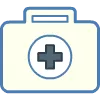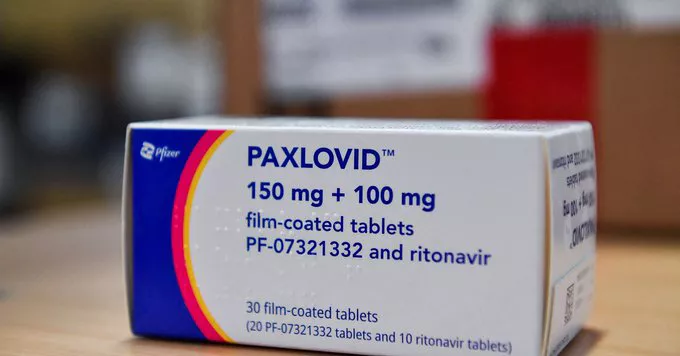On Tuesday local time, Pfizer, an American pharmaceutical company, disclosed its financial results as scheduled. Naturally, the focus of the market is paxlovid, a newly listed oral drug. Why did Pfizer continue to adhere to the annual sales guideline of $22 billion when the sales volume of $1.5 billion in the first quarter was lower than expected At the earnings conference call, Pfizer CEO Albert bourla first revealed that paxlovid's supply bottleneck in the US market was being gradually solved.
Compared with 8000 people using the drug in the week at the end of February, 80000 people were prescribed in the U.S. market alone by the week of April 22. The drug is currently available in 33000 locations across the United States, a fourfold increase from February.
Albert also admitted that the drug did encounter the problem of tight supply at the beginning of its launch. By the end of March this year, the production of 6 million treatment courses had just been completed. At present, it is on the track of producing 30 million treatment courses in the first half of the year, and the annual production target is 120 million treatment courses.
Angela Hwang, President of Pfizer biopharmaceutical group, also said on Tuesday that Pfizer did not have any inventory on hand because every tablet produced had been shipped. She also expects that the actual demand will increase as countries place additional orders and the age of application of the drug decreases.
According to the Biden administration, the White House has ordered 20 million paxlovid courses from Pfizer, the first 10 million will be delivered by the end of June, and the rest will be shipped in September. A senior official told the media last month that Americans had eaten 500000 courses of paxlovid at the end of April.
Because the drug needs to be taken as soon as possible after infection, the U.S. government has established a rapid drug delivery mechanism for positive patients in more than 2200 pharmacies, community health centers and long-term care facilities. This is also regarded by the White House as an important part of the economic restart policy. Although the drug is effective in preventing high-risk groups from developing severe diseases, the latest research shows that the drug has limited effect in prevention.
Pablo said on Tuesday that paxlovid has a 90% share of the U.S. retail pharmacy, long-term care facilities and mail order market, compared with molnupiravir of competitor mosadon. The antiviral drug is now licensed in more than 60 countries, and Pfizer is discussing bringing the treatment to more markets.

